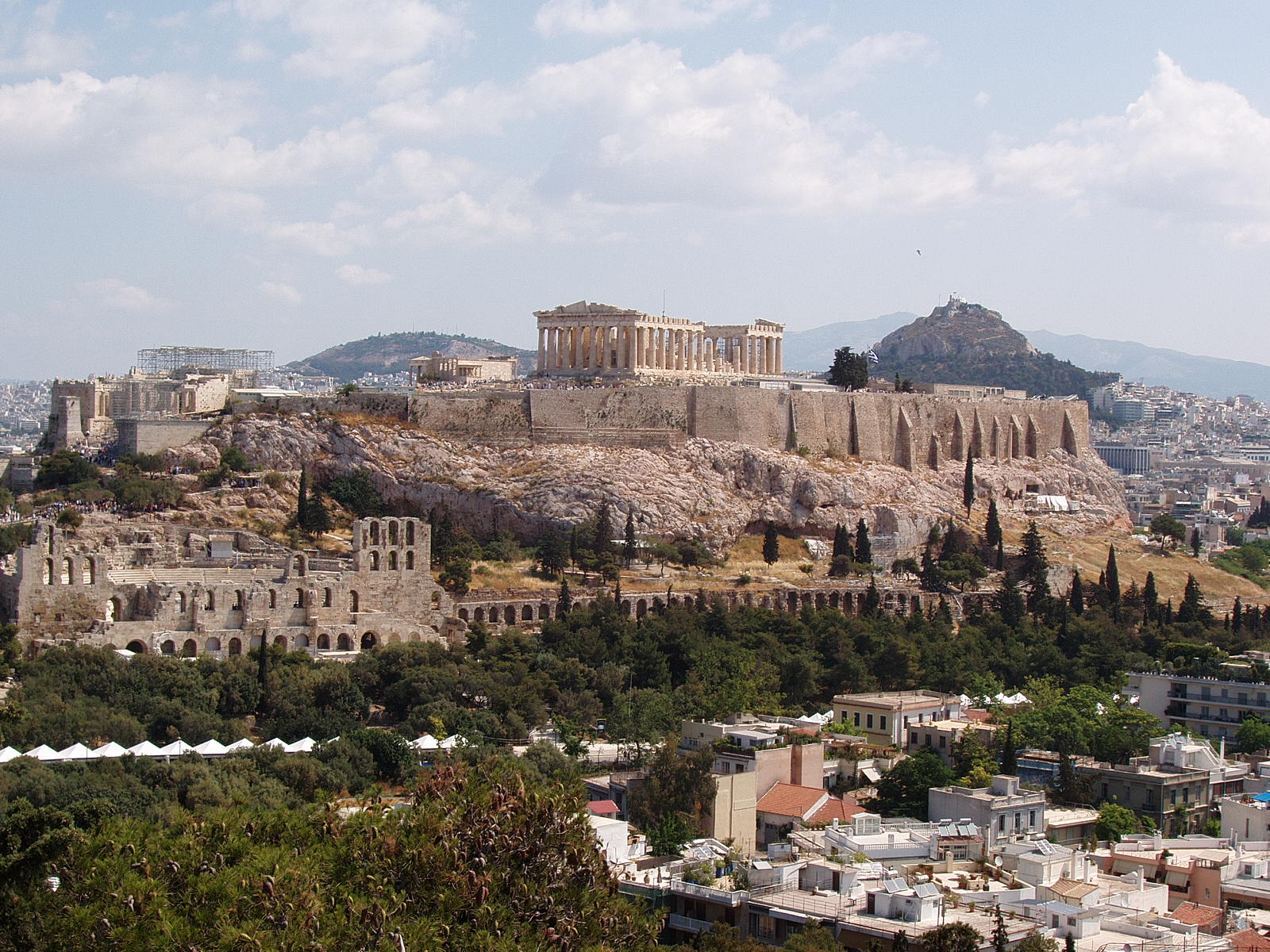Proceeding with our discussion on ‘Architecture- Disconnected?’, we got in touch with Prof. Manoj Mathur from School of Planning and Architecture, Delhi. When asked about whether the profession has distanced itself from the people, and is now only accessible to the elite, Prof. Mathur deconstructed the query and addressed its very premise,
“The question hides a basic contradiction in that it presupposes that Architecture, once upon a time, was connected to people, that it served the people at large and was not merely accessible to the elite, and that – of late – it is increasingly distancing itself from the people. I find this subtext to be intrinsically flawed.”
Talking about how architecture has always been inherently distant from the people at large, he expounded his stance with examples from the past,
“The historical evidence that Architecture was ever – in any place in the world – for ordinary people, is very thin on the ground. Yes, one can definitely say that in Ancient Greece the most enduring works of Architecture are buildings for the people, i.e. public buildings. They are bold expressions of the will of the people and represent a way of life in which people, as a collective, are supreme. Architecture here was truly democratic and one could argue that it served the people at large.
But the counter-argument is that it was the people who chose the kind of governance that enabled buildings to be designed for public needs, thereby employing Architecture in the service of the people. In the words – Architecture, even in Ancient Greece, merely served the elite, except that the very definition of “elite” here was different. Elite was the meritocracy which was open to everyone in equal measure and so were the rewards for superlative personal effort. The meritorious, by virtue of claiming representation of their constituents, could decide for them how they should be served by Architecture. Architecture – in a rather fine distinction – would be seen as serving the Government rather than People; it was only because the Government arose from the people themselves that Architecture came to serve them.
To some extent, we could say the same about Vedic settlements. But since then it has been mostly downhill. Architecture would seem to have almost a genetic tendency to disconnect with people. Being a difficult art to master (or even a science to comprehend) it has always held a mystique that holds people in thrall on the one hand and on the other pumps the conceit of architectural practitioners. Sthaapatis and Freemasons have traditionally considered themselves an exclusive club of God’s own children and society leaders have acquiesced in propagating the myth, for their own vested interest.
Major upheavals have occurred in the Architecture timeline primarily to arrest this downward slide. The Renaissance in Europe happened as a reaction to the level of people-architecture connection hitting rock bottom, even though the quality of Architecture of the Gothic era is arguably unsurpassed even today. Modernism – from CIAM to the Bauhaus – was seeking the expression of basic truths that impacted people at the grassroots, sweeping out the affectations of an over-indulgent ruling elite prospering on wealthy inheritances and usury, however beautiful they may have been.”
 Manoj Mathur, Principal Architect at Mathur and Kapre Associates, is full time Professor of Architecture and Head of Department, B.Arch at School pf Planning at Architecture.
Manoj Mathur, Principal Architect at Mathur and Kapre Associates, is full time Professor of Architecture and Head of Department, B.Arch at School pf Planning at Architecture.








